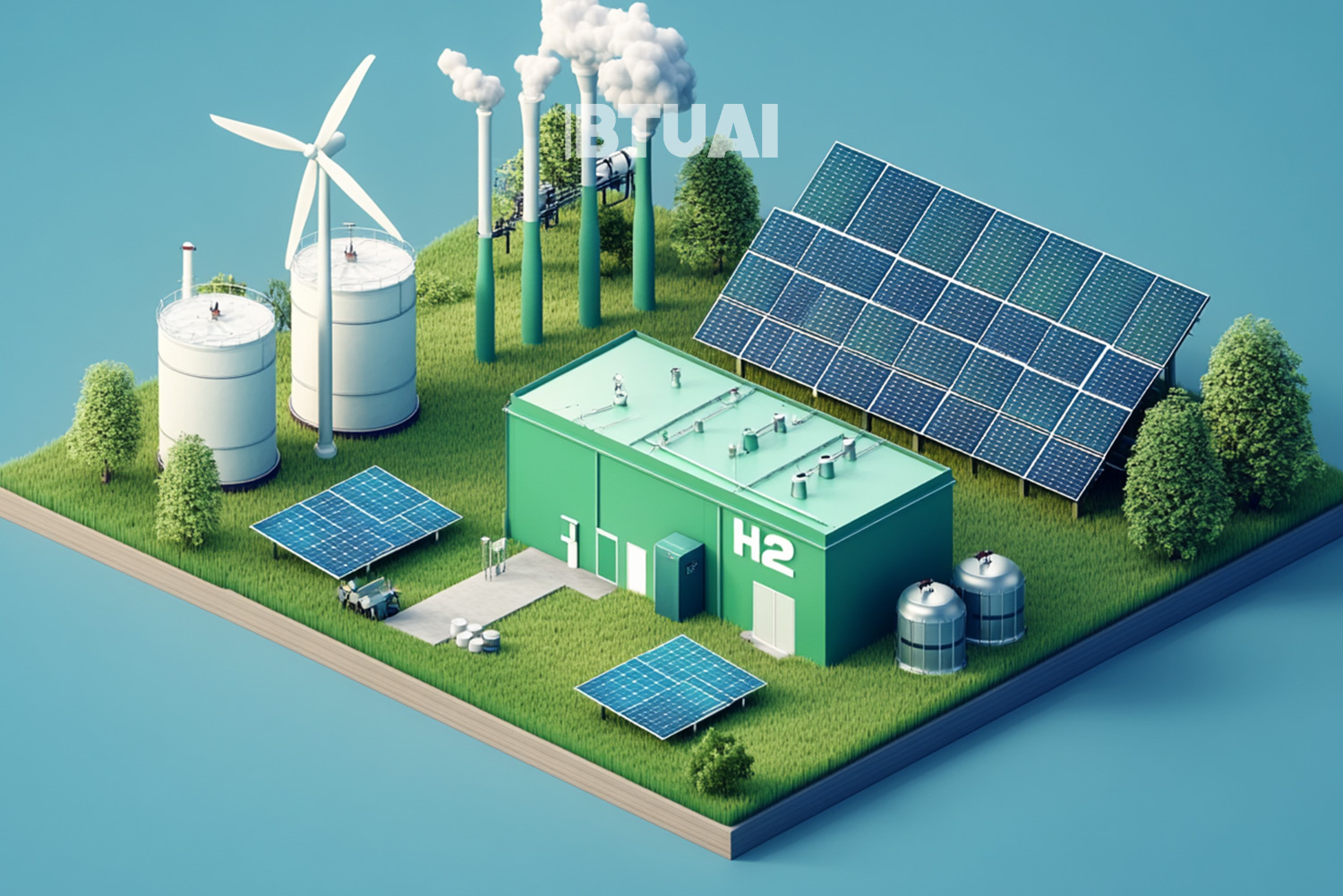Georgia on the Green Hydrogen Map: Fantasy or a Real Economic Opportunity?
Green hydrogen is a type of hydrogen produced through the electrolysis of water using only renewable energy sources such

Green hydrogen is a type of hydrogen produced through the electrolysis of water using only renewable energy sources such as solar, wind, or hydro power. In this process, water (H₂O) is split into hydrogen (H₂) and oxygen (O₂) without releasing greenhouse gases, earning it the label “green.” Unlike traditional “grey” or “blue” hydrogen, which relies on natural gas or other fossil fuels, green hydrogen is considered climate-neutral and is seen as a key pillar of the global energy transition.
According to the International Energy Agency (IEA) 2024 data, global green hydrogen production remains limited — currently, only about 1% of the world’s hydrogen comes from renewable sources. However, the IEA projects that green hydrogen’s share could rise to 10–15% by 2030 if current investment trends and infrastructure projects are successfully realized. More than 1,000 green hydrogen projects have already been announced globally, with a combined estimated value exceeding $320 billion, although only about one-third of them have entered the construction phase.
In recent years, Georgia’s government has shown increasing interest in this area — in 2024, the Ministry of Environmental Protection and Agriculture published a draft version of the country’s first Green Hydrogen Development Strategy.
Georgia holds several strategic advantages: abundant hydro resources, growing potential for solar and wind energy, and geographic proximity to EU markets. Theoretically, these factors could position Georgia as a regional exporter of green hydrogen. However, in practice, significant challenges remain.
As of 2023, renewable energy production in Georgia is still heavily dependent on hydroelectric power, while solar and wind energy account for only about 3% of total output. Large-scale green hydrogen production would require much greater volumes of affordable, stable renewable energy. Moreover, hydrogen electrolyzers — the technology that separates water into hydrogen and oxygen — are still expensive, with current global costs averaging between $1,000 and $1,500 per kilowatt.
Georgia’s Energy Development Fund has already launched several preliminary studies, but full-scale green hydrogen projects will require massive infrastructure expansion — including new electricity grids, hydrogen production facilities, and export logistics systems.
Meanwhile, global competition in green hydrogen is intensifying: countries like Morocco, Chile, Saudi Arabia, and Australia are developing much larger and better-financed projects. Georgia’s real opportunity may lie in specialization within specific niches — for example, producing smaller volumes of green hydrogen for nearby regional markets or supplying industries that cannot rely on large-scale imports.
As of today, Georgia is positioned more as a potential rather than an active player on the green hydrogen map. However, if starting from 2025 the country manages to accelerate renewable energy development and offer effective investment incentives, this vision could gradually evolve from a distant fantasy into a tangible economic opportunity.




